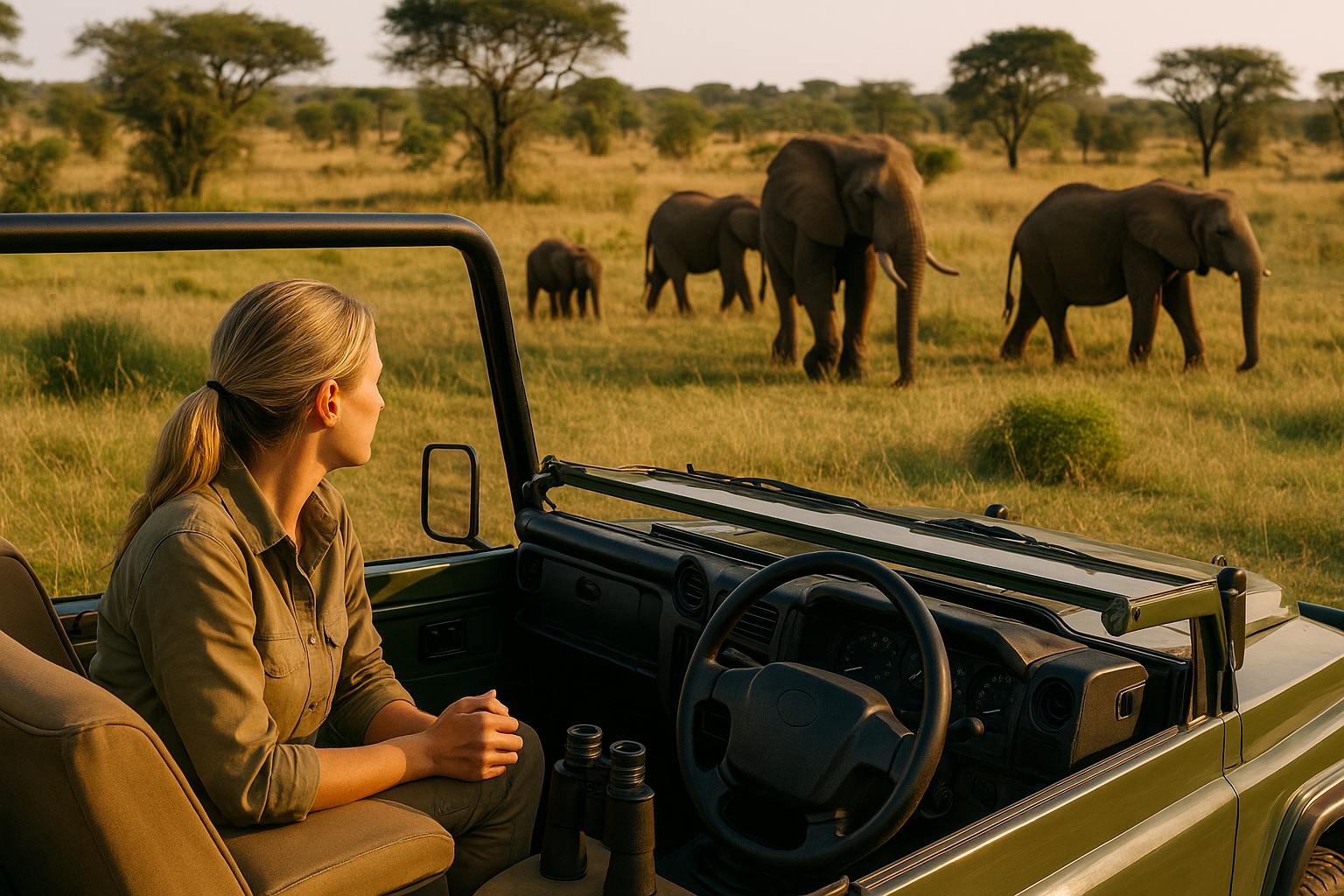Few travel moments rival seeing a wild elephant on safari, swimming near sea turtles, or spotting a tiger’s paw print deep in the jungle. But these powerful experiences come with responsibility. Being a responsible wildlife tourist means making choices that prioritize the well-being of animals, protect their habitats, and support ethical practices. If you love animals and dream of witnessing them in the wild — or even in sanctuaries — here’s how to do it the right way.
Choose Ethical Wildlife Experiences
Not all wildlife tours are created equal. Some prioritize conservation, while others exploit animals for entertainment. Do your research. Look for tour operators and sanctuaries that are transparent about their practices. Ethical operators won’t offer elephant rides, big-cat selfies, or close-contact dolphin swims. Instead, they’ll emphasize natural behavior, safe distances, and small group sizes. Certifications like those from World Animal Protection or Responsible Travel are good indicators.
Pro tip: If it feels like a zoo with costumes, tricks, or feeding shows, it’s probably not ethical. Wild animals don’t perform in nature — and they shouldn’t have to for tourists.
Keep Your Distance
Getting close may feel thrilling, but it can stress animals and disrupt their behavior. Use binoculars and zoom lenses instead of stepping forward. Never chase or corner an animal for a better photo. Even the act of pointing or speaking loudly can affect their movements and stress levels. As a responsible wildlife tourist, your presence should be as invisible as possible. Watch, appreciate, and move on without disturbing their routines.
Travelers often underestimate their impact. But remember: even unintentional disruption — like getting too close to nesting turtles or feeding monkeys — can cause long-term harm.

Support Conservation-Driven Tourism
When done right, tourism can protect wildlife. Look for tours that directly contribute to conservation projects or local communities. Some safaris donate a portion of fees to anti-poaching patrols or habitat preservation. Lodges built with sustainable materials and run by local residents offer both environmental and social benefits. Ask questions before you book: Does the company work with conservationists? Do they follow strict wildlife interaction guidelines? Sites like The International Ecotourism Society and The Nature Conservancy list responsible partners.
It’s not just about where your money goes — it’s about who it empowers and what it protects. Choose businesses that leave ecosystems better, not worse.
Stay On Trails And Obey Guidelines
Wildlife areas exist because animals need space — and rules exist to protect that space. Always stay on marked trails, listen to your guide, and respect barriers and signs. They’re there for a reason. Trampling vegetation, going off-path, or ignoring quiet zones can disturb fragile ecosystems. Some places may have seasonal rules (like beach closures for nesting) — follow them. By staying disciplined, you show that tourism can coexist with conservation.
Environmental tip: Avoid littering or leaving food behind. Even small actions — like using biodegradable soap or reef-safe sunscreen — can make a huge difference in sensitive environments.
Do Not Feed Or Touch Wild Animals
This might seem obvious, but many travelers unintentionally encourage dangerous behaviors by feeding wildlife. It alters animals’ natural instincts, creates dependency, and increases human-wildlife conflict. Even worse, animals that associate people with food can become aggressive — and often have to be relocated or euthanized. Touching wild animals can also transmit disease, both ways. Appreciate with your eyes, not your hands. The most respectful encounter is a distant one.
If you see tour operators allowing feeding or encouraging contact, speak up — and walk away. Your voice matters.

Be Mindful With Photos
We all want great photos — but not at the animal’s expense. Never use flash photography near wildlife. Don’t coax animals into view. Don’t touch or bait them for a shot. Ethical wildlife photos are taken from a respectful distance, in the animal’s natural behavior, without disruption. Use your zoom lens, practice patience, and take pride in capturing the moment without leaving a trace.
Social tip: Avoid sharing or liking images that show tourists holding or riding animals — it normalizes harmful practices. Let your feed reflect your values.
Leave No Trace, Take Only Awe
Being a responsible wildlife tourist means thinking beyond your own trip. What will you leave behind? What legacy will your visit contribute to? Carry out all trash, reuse water bottles, and reduce plastic wherever possible. Travel with eco-friendly toiletries. If you witness mistreatment or illegal wildlife activity, report it to authorities or local NGOs. Your actions matter — and your care can inspire others.
Have you had a meaningful wildlife experience while traveling? What did you learn? Share your story in the comments — we’d love to hear how you made it respectful, memorable, and responsible.
And if you’re looking for more tips on ethical travel, eco-tours, or nature-first destinations, follow us on social media. We spotlight stories that put the planet first — and celebrate those who travel with heart.
Catch up on the top stories and travel deals by subscribing to our newsletter!












Leave a Reply